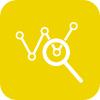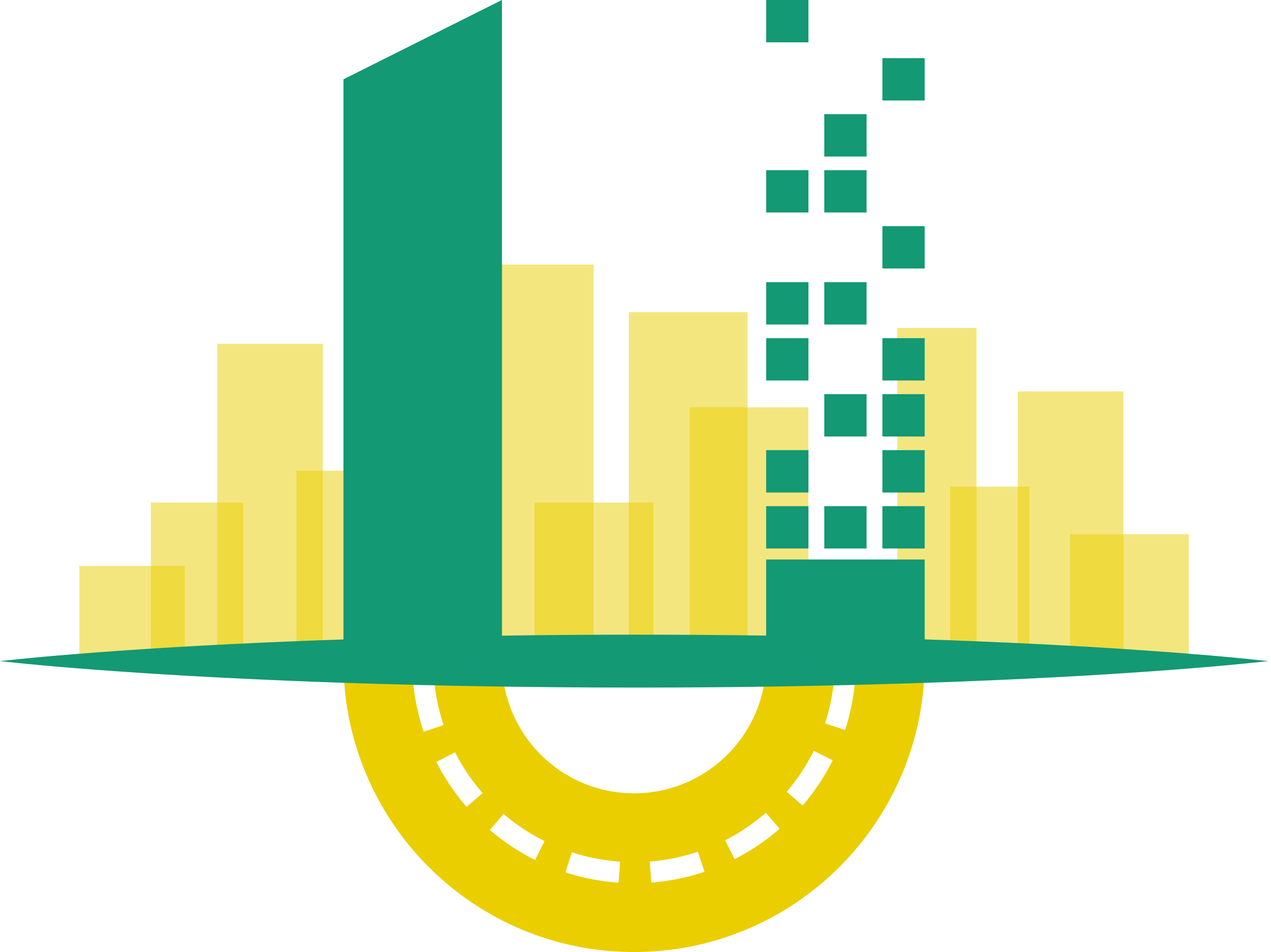 | Make the most out of data
Prepare the data and make it usable with the URBANITE data curation components: data quality checks, transform unstructured information into high quality data sets, address privacy issues with anonymization and pseudonymization, guarantee data interoperability. |
 | Make the data management process more efficient
Handle the entire process: fetch data from various heterogenous sources , transform, fuse and map it and store it in dedicated databases ready for its use. |
 | Learn from short- intermediate- and long-term trends to improve urban mobility
e.g. learn from the trends of peak hours in which a street is blocked or from the use of a certain transportation system (bikes, public transport, taxi etc.). Data analysis results will be visualized to show traffic density, traffic flows, points of interest etc. |
 | Anticipate behaviours and delimit unforeseen consequences
Simulate the effect of different traffic situations (through the use of artificial intelligence algorithms), e.g. simulate the effect of opening a pedestrian street at certain times, of locating electric charging stations or bike sharing points in certain areas. |
 | Identify potentially problematic or otherwise important events
These events would have a high price if discovered in the real life. Identify events with cutting edge detection methods and validate mobility policies in a virtual environment with simulation techniques |
 | Create public policies and services “with” people and not just “for” them.
Put people at the centre of urban mobility policy making, making sure policies are based on shared values and principles and address effective needs of the citizens and relevant stakeholders. |
 | Foster cross-departmental collaboration by creating an urban ecosystem
Optimize urban management by involving public administrations, private transport companies and citizens. |
 | Boost and guide an efficient and successful digital transformation
Get guidance on the adoption and implementation of big data, artificial intelligence and algorithms in urban mobility decision making |
